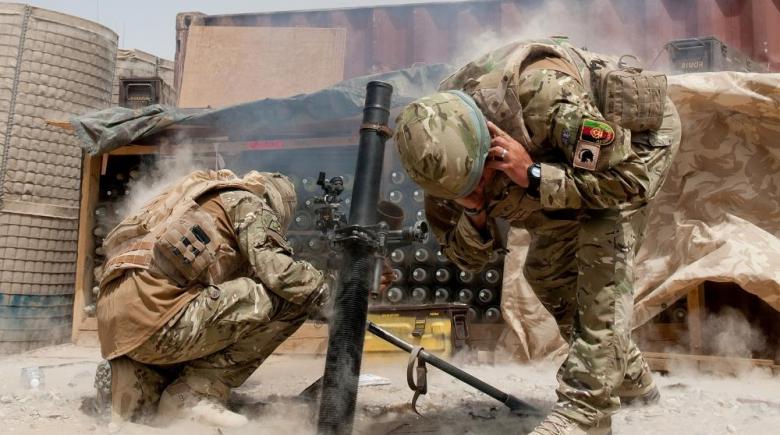Project Manager MSIAC
The MSIAC Body of Work
As a member nations funded Project Office, MSIAC aligns its efforts with the interests and issues faced by our technical community. While our origin was born out of the need for Insensitive Munitions (IM), over the years, MSIAC has broadened its focus to include most aspects of the Explosive Safety domain. In addition to our traditional work elements related to IM, Hazard Classification (HC), transportation and storage safety and Energetic Materials Qualification (EMQ), MSIAC’s efforts have grown to include work in the areas of Electromagnetic Environmental Effects (E3) to munitions (Hazards of Electromagnetic Radiation to Ordnance (HERO)), Munitions Health Management (MHM), Explosive Safety Munitions Risk Management (ESMRM), Gun Setback, Novel Safety & Suitability for Service (S3) Approaches, and Risk and Tolerability to name a few.
New initiatives in 2023 and beyond include projects related to Flow Synthesis, Surrogate Materials, A Review of Cost Benefit Models, Loitering Munitions, and Electromagnetic Environmental Effects & Munitions Safety. As it relates to the latter, the MSIAC Steering Committee has decided to change the MSIAC TSO structure starting in late 2024/early 2025 to include a new TSO to address E3 Safety.
Further, our support to the NATO Working Groups (WGs) has grown beyond our traditional support for CASG AC/326 (and its subgroups) to include: AC/327 WG/6 related to Life Cycle Environmental Profile (LCEP) testing for munitions in the areas of Mechanical, Climatic, and E3, the E3 RADHAZ WG under the Military Committee, Maritime Standardization Board, the NATO Science & Technology Office (STO) activities related to MHM, the AC/305 Logistics Committee and the ESMRM Panel, and the AC/225 NAAG LCGDSS Loitering Munitions WG.
As always, our body of work includes answering technical questions, holding technical meetings and workshops, participating in international conferences and symposiums, delivering seminars, writing technical reports, and updating and developing tools to support the munition safety community.
For 2024, we will introduce a number of new work elements in addition to our ongoing projects and usual activities to include: “Pushing the Limits” 2024 MSIAC Workshop, a Catalogue of Member Nation Munition Safety Training, Weapons Integration Challenges, Safety Software, Applicability of Frangible Buildings to Ship Design, and DEMIL: End of Life Safety.
And finally, our planned MSIAC workshop on Pushing the Limits ,to be held in September of 2024 at the Doolittle Institute (Niceville) near Eglin AFB in Florida, is a good example of how we support the technical issues faced by our member nations’ technical community. Due to the improvements in technology displayed by our adversaries and the need to field our munitions faster/cheaper, the focus on IM and research in energetic materials and munition technologies is transitioning from improving safety to improving the performance and lethality of our munitions and weapon systems. However, we can’t let performance improvements decrease safety to an unacceptable level. Subsequently, the technical community wants to drive the narrative that IM and system safety is critical to ensure that pursuit of performance improvements does not undermine safety to an unacceptable level or impact the survivability of munitions during operations. This workshop aims to discuss how we can improve our munitions’ performance while maintaining, and ideally, improving our current level of safety. To date, MSIAC has supported a number of technical discussions and a technical meeting at the Pentagon in 2022 on this topic and has published 3 related technical reports that started as technical questions: IM Policies Across the Nations, IM Threats versus Real World Threats, and Recent Vulnerability Events due to non-IM Munitions.
As always, I would like to encourage you to get involved in our programme of work during 2024. Please feel free to send us an e-mail requesting more information or to be kept informed or involved on any of our work elements.





